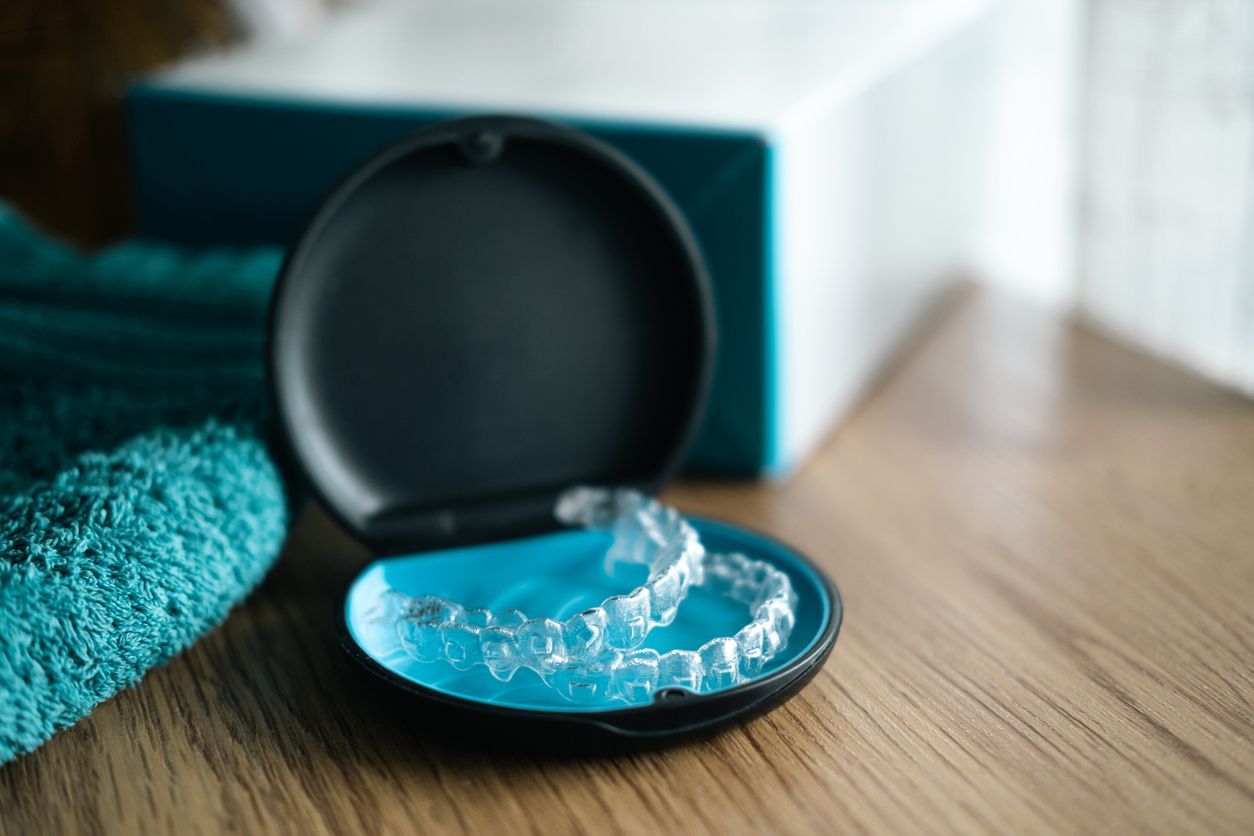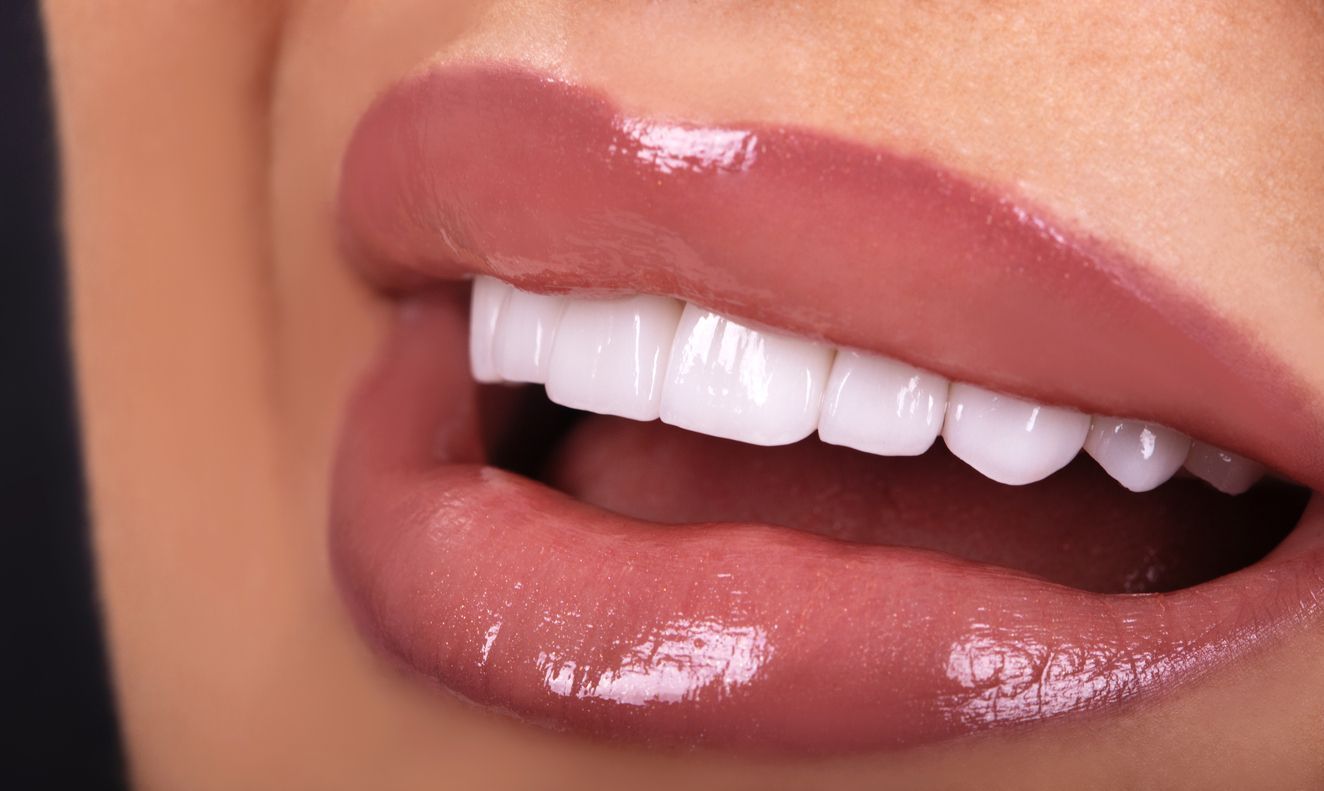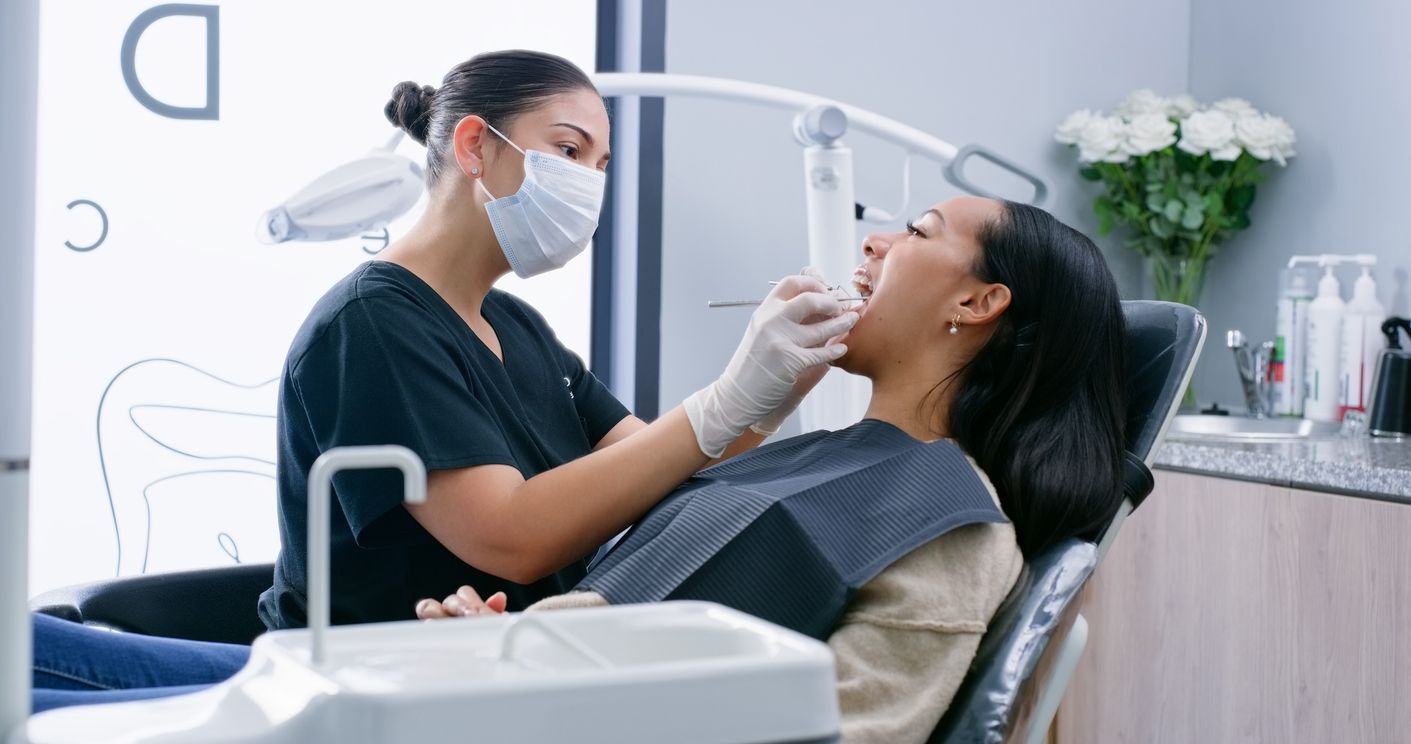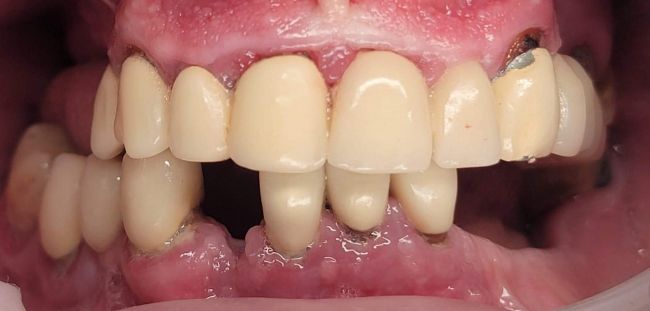Why Choose Ivanhoe Dental Group?
When you’re looking for a dentist in Riverdale, IL, you want the best—and that’s Ivanhoe Dental Group. Whether you look at the ratings for our dental office online or ask our patients directly, you’ll find that people love coming to see us for expert dentistry in Riverdale. Here are just a few reasons why:
Quality Dentistry for Over 60 Years
Our Team
Our team at Ivanhoe Dental Group is proud to serve Riverdale, Illinois and our surrounding communities. From the day we opened our doors in 1958 all the way to the present, our family operated firm has been dedicated to our patients’ health and wellbeing.
Everyone Deserves to Be Treated with Honesty and Kindness
We believe that everyone deserves to be treated with honesty and kindness, which is why we focus on providing comprehensive care to our patients. Our dental practice can service all of your dental needs, from routine cleanings to smile restoration and everything in between. We make it easy to care for your oral health in one place.
What Patients Are Saying...
Our Dental Services
General Dentistry
We can treat any dental conditions you currently have and provide top-notch preventative care to keep your smile healthy. General dentistry covers a wide range of preventative services because an ounce of prevention is worth a pound of cure!
Dental Implants
Missing teeth are more than just an aesthetic concern, and they can lead to more problems down the line. Our high-quality dental implants can restore and protect your teeth, and our dentist’s skill will give you a reason to smile!
Invisalign
Straight teeth are important to your health and your confidence. Let Dr. Reddy help you take the next step to improving your quality of life with a beautiful new smile.
Cosmetic Dentistry
Improving the look of your teeth is only half the benefit of visiting a Riverdale dentist. We handle damaged, missing, crooked and discolored teeth to keep your smile looking great and to make it easier for you to take care of your oral health.
LANAP - Advanced Gum Disease Treatment in Riverdale, IL
As part of Ivanhoe Dental Group's commitment to providing advanced dental care, we are pleased to offer LANAP. Our practice offers this cutting-edge treatment under the guidance of Dr. Salem and Dr. Shah. Dr. Gurukkal and Dr. Arrietta are also skilled in performing this treatment. We will go into the details of the many benefits of LANAP.
LANAP (Laser-Assisted New Attachment Procedure) offers countless benefits in the treatment of periodontal disease. It has revolutionized the way we manage gum disease. This laser technology is not only more effective in treating gum disease than traditional methods, but it also has a higher rate of patient satisfaction due to its minimally invasive nature. Here is a more detailed discussion on the main benefits of LANAP:
Smile Gallery
Before & Afters Cases
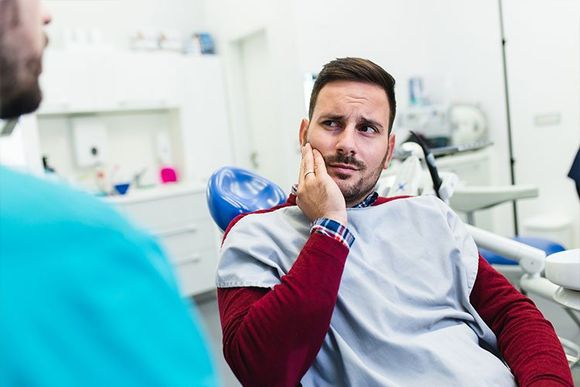
Emergency Care
If you’ve had an injury to your mouth or jaw, or if you are experiencing sudden tooth pain, bleeding or swollen gums, call us to schedule an emergency appointment. You don’t have to look far to find a DDS in Riverdale because we’ve got four of them! That means our providers can take care of your dental emergencies as soon as possible.
Have Another Question?
If you have any questions about our Riverdale dentists, our treatments, or our general practice that you can’t find on our website, call our dental office at (708) 849-8627 and we’ll be happy to help!
Ready to Make Your Appointment?
Let us show you why our patients have trusted us with their smiles for over 60 years! Fill out the form below to schedule an appointment online, or call us at (708) 849-8627







